Psychedelics
The role of legal psychedelic compounds in psychedelics-assisted therapy is to induce a profound altered state of consciousness, which can lead to increased introspection, emotional openness, and changes in perception and thought patterns. The medicine is used in combination with supportive therapy and is administered only by an authorised psychiatrist in a tightly controlled setting. The goal is to disrupt habitual patterns of thinking and behaviour.
Not all patients and mental health conditions are eligible, and not all patients will benefit from this type of therapy.
After a classification change by the Therapeutic Goods Administration, from July 1st 2023, two separate medicines containing psychedelic substances can be prescribed by specifically authorised psychiatrists for the treatment of certain mental health conditions that are resistant to other forms of medicine or therapy.
There are only two conditions that may apply under the guidelines, depending on the eligibility assessment outcome. There are no other approved uses for the two medicines. And while the research pertaining to the psychedelic treatment of these conditions may be emerging, it is not conclusive.

Australia is the first country in the world to classify certain psychedelics as medicines
What is psilocybin?
Psilocybin is a naturally occurring psychedelic produced by over 200 species of mushroom. It has historically been used as a psychedelic agent for religious and spiritual ceremonies, as well as a therapeutic option for neuropsychiatric conditions.
Once ingested psilocybin metabolises to psilocin, and given its structural similarity to serotonin, activates the serotonin 5-HT2A receptor, which mediates many different functions in our minds; like mood, imagination, learning and perception.
It is this receptor activation that is thought to produce psilocybin’s psychedelic effects. These effects, which are dose-dependent, can include heightened perception, thinking in new ways, experiencing intense emotions connected to sensory experiences, distortions of time, and hallucinations of closed-eye and open-eye visuals and auditory sensations.
The psychedelic therapy experience aims to help individuals gain new perspectives on their thoughts and emotions and may help to break negative thought patterns and behaviours.
Open label clinical trial break through goodmind
It's time to break through goodmind
What is MDMA?
MDMA isn’t a classical psychedelic, and has no overt hallucinatory effects, but can mimic psilocybin in producing feelings of depersonalization and altered perception and thought. MDMA is an empathogen drug meaning it can increase feelings of empathy and kindness, social acceptance, and connection to others. MDMA acts by increasing the release of serotonin, dopamine and norepinephrine, although the enhanced release of oxytocin may also be a factor.
MDMA can be used during psychotherapy, with the aim to reduce defensiveness, increasing relaxation and improving mood. This may enable someone to revisit traumatic memories and work through their emotions without being re-traumatised or finding the associated fear too overwhelming.
The research
There is a growing body of research exploring the use of psychedelic therapy for the treatment of mental health conditions, particularly treatment-resistant conditions where conventional treatment has been tried numerous times and fallen short or failed.
Some research studies have demonstrated reductions in symptoms through the implementation of psychedelic-assisted therapy protocols (Griffiths et al., 2016; Mithoefer et al., 2018). Furthermore, long-term follow-up assessments have shown some participants experiencing enduring improvements in mental health and quality of life (Ross et al., 2016; Carhart-Harris et al., 2018). These findings warrant further research into psychedelic therapy as an approach that transcends conventional treatment modalities, paving the way for new options in mental healthcare.

